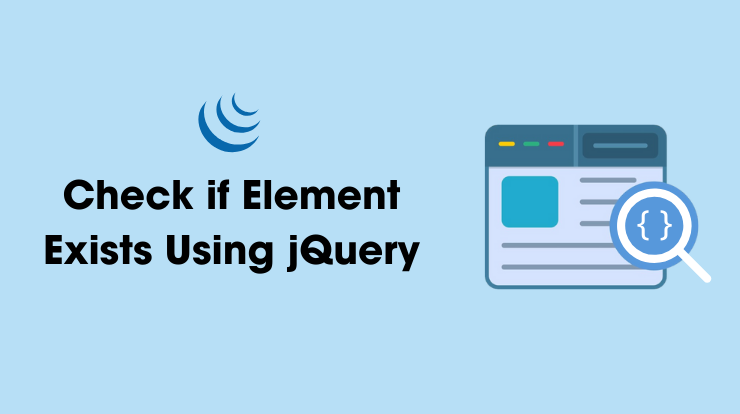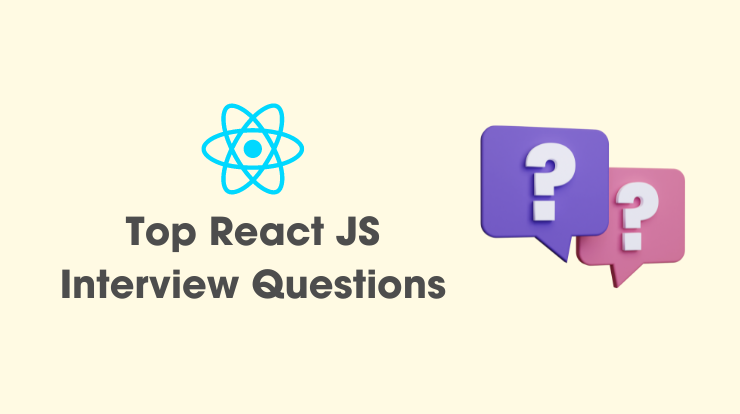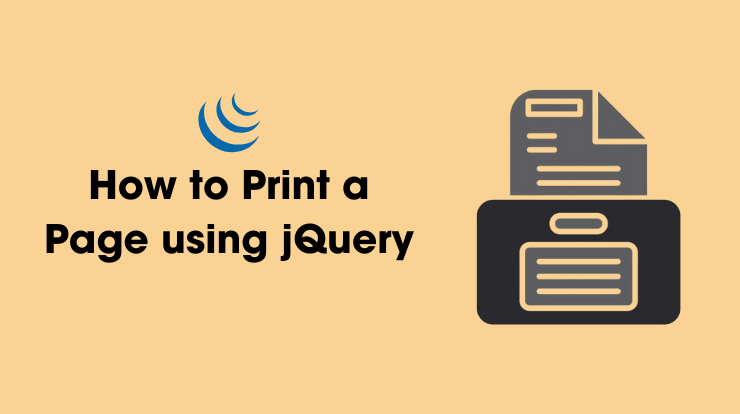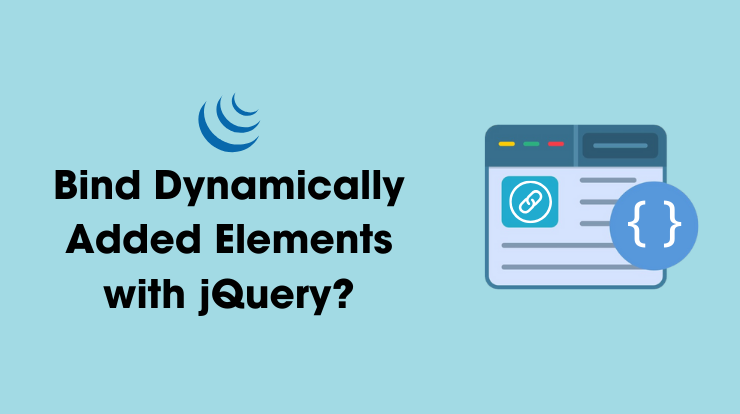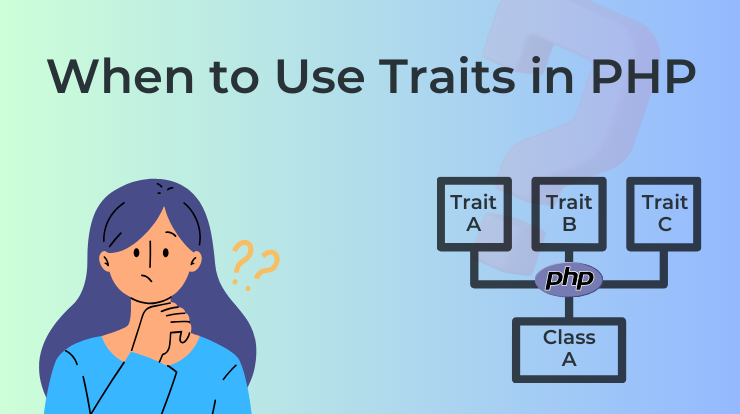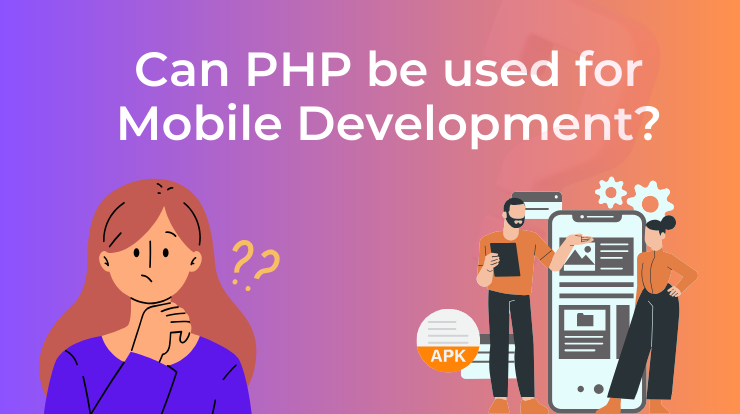If you’re aiming to enhance your website’s speed and overall performance, consider leveraging WebP images—a smart and efficient image format.
Here’s a straightforward guide on how to integrate WebP images into your WordPress site:
User-Friendly Plugin Installation:
Opt for simplicity by using plugins like “Imagify.” Installing this user-friendly tool automates the conversion of your existing images into the WebP format. It’s a hassle-free way to boost your site’s loading speed without much manual intervention.
Manual Control with Code:
If you prefer hands-on customization, add the provided code snippet to your theme’s functions.php file. This piece of code ensures that WordPress recognizes WebP images, allowing you to manually upload and display them.
function add_webp_upload_mimes($existing_mimes) {
$existing_mimes['webp'] = 'image/webp';
return $existing_mimes;
}
add_filter('mime_types', 'add_webp_upload_mimes');This manual implementation grants you finer control over the process.
Optimized Performance Benefits:
WebP images strike an ideal balance between quality and file size. By embracing this format, you significantly reduce image sizes, leading to faster page loading times. This optimization directly translates into an improved user experience for your website visitors.
FAQs
WebP combines quality and smaller sizes, accelerating page loading and improving overall website performance.
Certainly! Plugins like “Imagify” simplify the process, automating WebP conversion. Alternatively, a code snippet in your theme’s functions.php file achieves manual control.
Being Tricky 😉

